Whirlpool Refrigerator Water Inlet Valve Troubleshooting Guide
To troubleshoot a Whirlpool refrigerator water inlet valve, first check for power supply and ensure the valve isn’t clogged. Next, inspect for leaks or damage.
A water inlet valve is crucial for your Whirlpool refrigerator’s ice maker and water dispenser. This component controls the flow of water into the appliance, ensuring it functions smoothly. Troubleshooting it can save you from costly repairs or replacements. Common issues include blockages, leaks, or electrical problems.
Knowing how to identify and fix these can keep your refrigerator working efficiently. This guide will help you diagnose and solve problems related to your water inlet valve, ensuring your refrigerator maintains optimal performance. Regular maintenance can also prevent potential future issues.
Common Signs Of Valve Issues

Whirlpool refrigerator water inlet valve problems can disrupt your daily life. Identifying the signs early can save you time and money. Here are some common symptoms to look out for:
Leaking Water
One clear sign of a faulty water inlet valve is leaking water. If you notice water pooling under your refrigerator, this could indicate a problem. Inspect the back of the fridge for any water drips.
Sometimes, the water may leak from the valve itself. Check the connections for any signs of moisture. A leaking valve can lead to bigger issues if not addressed quickly.
Here is a simple table to help you identify the source of the leak:
| Location | Possible Issue |
|---|---|
| Under the fridge | Leaking hose or valve |
| Back of the fridge | Loose connections |
No Water Dispenser Function
If your water dispenser is not working, the water inlet valve might be the culprit. When the valve fails, it can block water flow.
To troubleshoot, first check if the water supply is on. Then, inspect the valve for any visible damage. Sometimes, the valve might be clogged or broken.
Here are steps to diagnose the issue:
- Ensure the water supply is on.
- Check the valve for clogs.
- Inspect for any visible damage.
If these steps do not solve the problem, the valve might need replacement. A non-functional water dispenser can be a major inconvenience.
Tools You’ll Need
To troubleshoot your Whirlpool refrigerator’s water inlet valve, you’ll need specific tools. These tools will help you diagnose and fix the problem efficiently. Below is a detailed list of the tools you should have on hand.
Basic Tools
- Screwdrivers: A set of Phillips and flathead screwdrivers.
- Adjustable Wrench: Essential for loosening and tightening nuts.
- Needle-Nose Pliers: Useful for gripping small components.
- Multimeter: Measures electrical voltage and continuity.
Specialized Equipment
- Tubing Cutter: Cuts through water lines cleanly and easily.
- Bucket: Catches water during valve removal or installation.
- Flashlight: Illuminates dark or hard-to-reach areas.
- Work Gloves: Protects your hands while working.
Having these tools ready will make your troubleshooting process smoother. Use the right tools to ensure a safe and effective repair.
Safety Precautions
When troubleshooting your Whirlpool Refrigerator Water Inlet Valve, it’s crucial to follow safety precautions. These steps ensure your safety and prevent any damage to the refrigerator. Let’s dive into the essential safety measures.
Unplugging The Refrigerator
First, you must unplug the refrigerator. This step is vital to avoid electric shock. Locate the plug behind the refrigerator. Pull it out gently from the socket. Ensure the refrigerator is entirely disconnected from the power supply.
Shutting Off Water Supply
Next, you need to shut off the water supply. This step prevents water leakage during troubleshooting. Locate the water valve behind the refrigerator. Turn the valve clockwise until it is completely closed. Confirm that no water is flowing into the refrigerator.
Locating The Water Inlet Valve
Locating the water inlet valve in your Whirlpool refrigerator is important. This valve controls water flow to the ice maker and dispenser. Follow the steps below to find and identify the valve easily.
Back Panel Removal
The water inlet valve is typically located behind the refrigerator. To access it, you need to remove the back panel. Here’s how:
- Unplug the refrigerator from the power source.
- Move the refrigerator away from the wall.
- Use a screwdriver to remove the screws securing the back panel.
- Carefully take off the back panel to expose the internal components.
Once the back panel is removed, you will have clear access to the water inlet valve.
Identifying The Valve
Now that you have removed the back panel, it’s time to identify the water inlet valve. The water inlet valve is usually located at the bottom left or right corner of the back of the refrigerator.
| Feature | Description |
|---|---|
| Color | Often blue or green |
| Shape | Has water hoses attached |
| Connections | Connected to water supply line |
Look for the valve with water hoses connected to it. The hoses connect the valve to the refrigerator’s water supply and dispenser. Ensure the valve is not leaking or damaged.
Testing The Valve
Testing the valve on your Whirlpool refrigerator is essential. It ensures the water inlet valve works correctly. If the valve fails, your fridge may not get water or ice. Follow these steps to test the valve effectively.
Multimeter Use
A multimeter is a vital tool for this test. It helps check the electrical aspects of the valve. Ensure your multimeter is set to the correct settings.
Here are the steps:
- Set the multimeter to the lowest ohms setting.
- Touch the multimeter probes to the valve terminals.
- Read the resistance on the multimeter display.
A good valve typically shows a reading between 200 to 500 ohms. If the reading is outside this range, the valve may be faulty.
Checking For Continuity
Checking for continuity ensures the valve allows electrical flow. A lack of continuity means the valve is defective.
Follow these steps:
- Disconnect the refrigerator from the power source.
- Remove the water inlet valve for testing.
- Set the multimeter to the continuity setting.
- Place one probe on each terminal of the valve.
- If the multimeter beeps, the valve has continuity.
No beep indicates a lack of continuity. This suggests the valve needs replacing.
| Test | Good Reading | Faulty Reading |
|---|---|---|
| Resistance | 200-500 ohms | Outside 200-500 ohms |
| Continuity | Multimeter beeps | No beep |
Cleaning The Valve
A clogged water inlet valve can cause various issues in your Whirlpool refrigerator. Regular cleaning can prevent these problems. This section covers the steps to clean your water inlet valve effectively.
Removing Mineral Deposits
Mineral deposits build up over time. This can restrict water flow. To remove them, you will need:
- White vinegar
- Soft brush
- Clean cloth
First, disconnect the refrigerator from the power source. Then, locate the water inlet valve. It is usually at the back of the fridge. Use a screwdriver to remove the valve.
Soak the valve in white vinegar for 15 minutes. This will help dissolve the mineral deposits. After soaking, use a soft brush to scrub the valve gently. Wipe it clean with a cloth.
Inspecting For Blockages
Blockages can also prevent water flow. Inspect the valve and the connected hoses. Look for any visible blockages.
Use a flashlight if needed. Remove any debris you see. Sometimes, small particles get stuck in the valve. Use a toothpick or a similar tool to remove them carefully.
After cleaning and inspecting, reattach the valve to the refrigerator. Make sure all connections are tight. Reconnect the refrigerator to the power source. Test to see if the water flows properly.
Replacing The Valve
Replacing the water inlet valve on your Whirlpool refrigerator can solve many water flow issues. This guide will help you replace the valve easily. Follow these steps to ensure a smooth replacement process.
Removing The Old Valve
First, unplug the refrigerator from the power source. This prevents any electrical shock. Next, turn off the water supply connected to the refrigerator. Use a wrench to disconnect the water line from the inlet valve.
Locate the inlet valve at the back of the refrigerator. It is usually secured with screws. Use a screwdriver to remove these screws. Once the screws are out, gently pull the valve out of its place.
The valve will have electrical connectors attached to it. Carefully disconnect these connectors. Note their positions for reconnecting later. The old valve is now free and can be removed completely.
Installing The New Valve
Take the new water inlet valve and connect the electrical connectors. Ensure they match the positions noted earlier. This step is crucial for proper functioning.
Place the new valve in the same spot where the old valve was. Secure it with the screws you removed earlier. Make sure the valve is tightly fixed.
Reconnect the water line to the new valve using a wrench. Tighten it securely to prevent any leaks. Turn on the water supply and check for leaks around the valve. Plug the refrigerator back into the power source.
Finally, test the refrigerator to ensure the water flow is restored. If everything is functioning well, the replacement is complete.
Post-replacement Checks
After replacing the water inlet valve on your Whirlpool refrigerator, it’s important to perform some checks. These checks ensure everything is working correctly. Follow these steps to avoid future issues.
Reconnecting Water Supply
First, you need to reconnect the water supply to your refrigerator. Make sure the valve is securely attached. Use a wrench to tighten any loose connections.
- Locate the water supply line.
- Attach it to the new inlet valve.
- Ensure it’s tightly connected.
Turn on the water supply. Check for any signs of leakage around the connection point.
Testing For Leaks
Testing for leaks is crucial. It ensures the new valve is properly installed. Fill a glass of water from the refrigerator’s dispenser.
- Place a paper towel under the valve area.
- Observe for any water droplets.
- If you see any leaks, tighten the connections again.
Repeat this process until no leaks are detected. Make sure to check around the valve and the water line.
| Step | Action |
|---|---|
| 1 | Reconnect water supply line |
| 2 | Turn on water supply |
| 3 | Check for leaks |
| 4 | Test with paper towel |
Ensuring there are no leaks is vital. Proper installation avoids potential water damage.
Frequently Asked Questions
How Do I Know If My Refrigerator Water Inlet Valve Is Bad?
Check for leaks, water flow issues, or unusual noises. Inspect for clogs or cracks. Test valve with a multimeter.
How Do I Know If My Water Inlet Valve Needs To Be Replaced?
Check for leaks, unusual noises, or low water flow. Water may not fill or drain properly.
How Do I Know If My Water Inlet Valve Is Clogged?
Check for slow water flow or no water filling. Inspect for debris in the valve screen. Listen for unusual noises.
What Happens When A Water Inlet Valve Goes Bad?
A bad water inlet valve can cause leaks, flooding, or prevent water from entering your appliance. This can lead to inefficient operation, potential damage, and higher water bills. Prompt replacement or repair is essential to avoid further issues.
How To Identify A Faulty Water Inlet Valve?
A faulty water inlet valve may cause leaks, no water flow, or irregular ice production.
Conclusion
Fixing your Whirlpool refrigerator water inlet valve can be simple with the right steps. Follow this guide to ensure smooth functionality. Regular maintenance helps prevent future issues. If problems persist, consult a professional. Keep your refrigerator running efficiently for years to come.
Enjoy cold, refreshing water anytime.

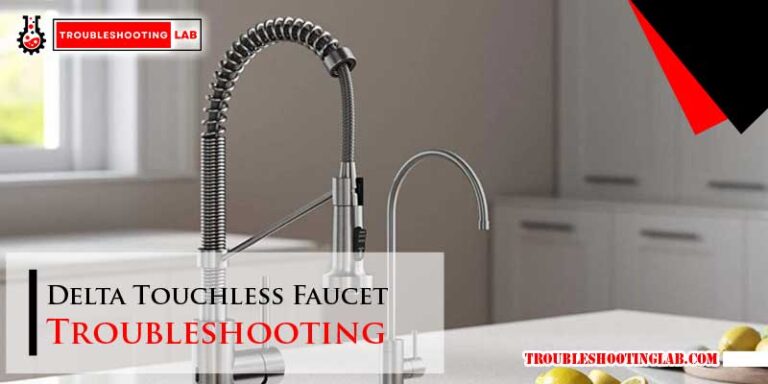
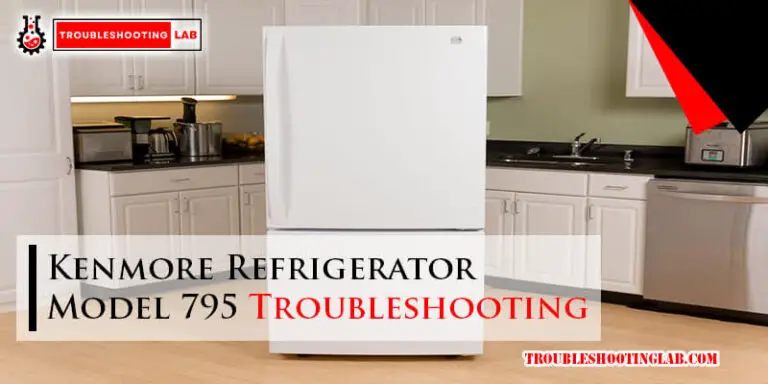
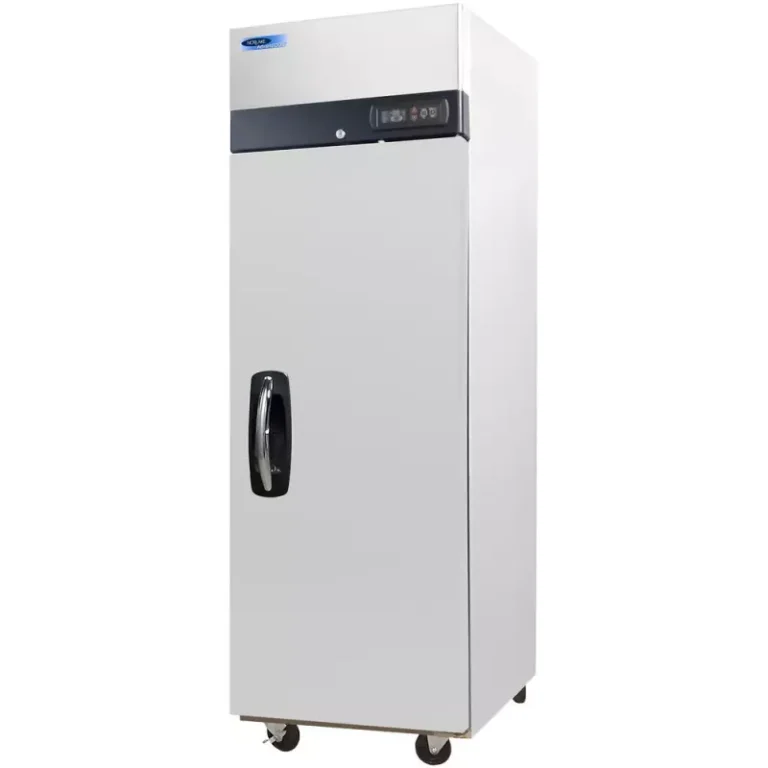
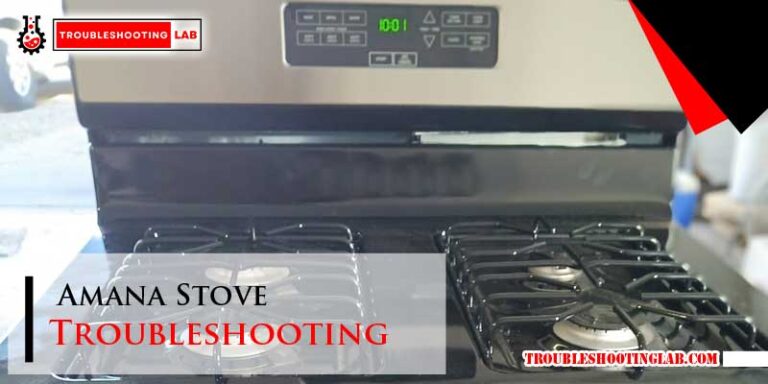
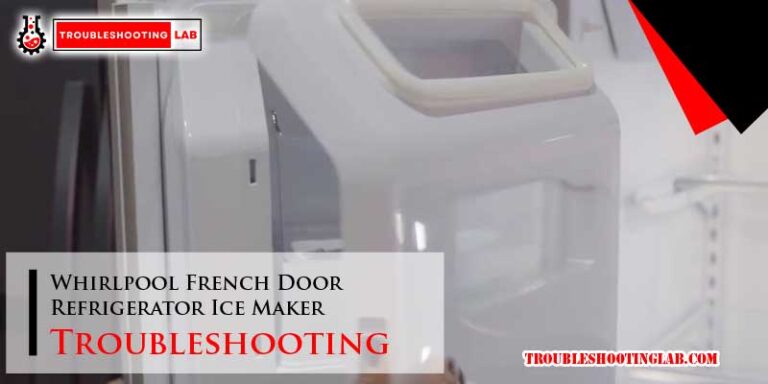
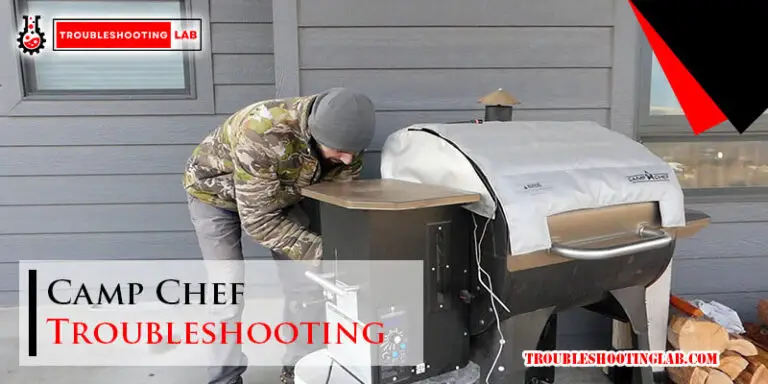
Model in question: WRX735SDHZ01 Whirlpool Fridge is making NO ice but does dispense water. This is the 3rd icemaker and 2nd water valve. Cannot determine next step. No water is going in icemaker. The arm is down and fridge indicates icemaker is on.
Thanks for sharing the details! Since the ice maker isn’t working but the water dispenser is functional, it seems like the issue may not be with the water inlet valve, as it’s still supplying water to the dispenser. Here are a few steps to consider for further troubleshooting:
If these don’t resolve the issue, it might be worth consulting a technician to avoid replacing more parts unnecessarily. Hope this helps!
We replaced the valve on ours because the water dispenser was leaking and it’s still leaking. Any ideas?
If the water dispenser still leaks after replacing the valve:
Check connections for tightness.
Flush the system to clear trapped air.
Test water pressure as high pressure can force leaks.
If it persists, the valve could be faulty, or the dispenser needs inspection.